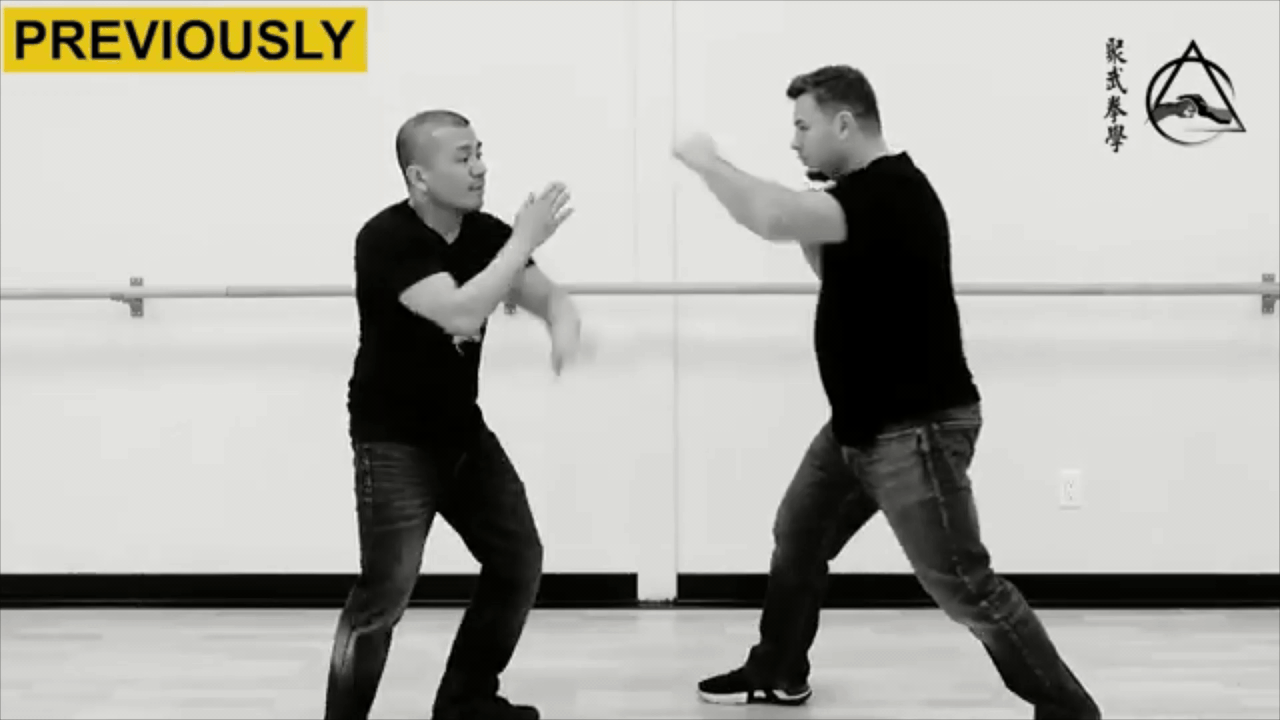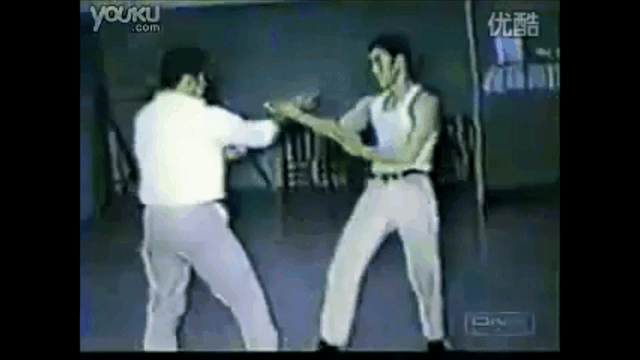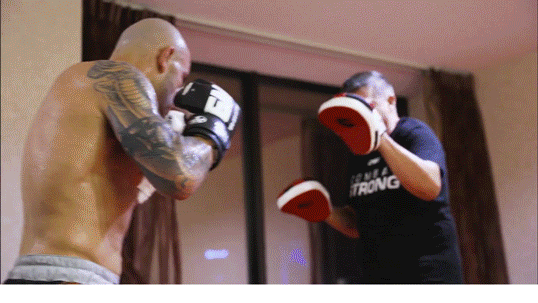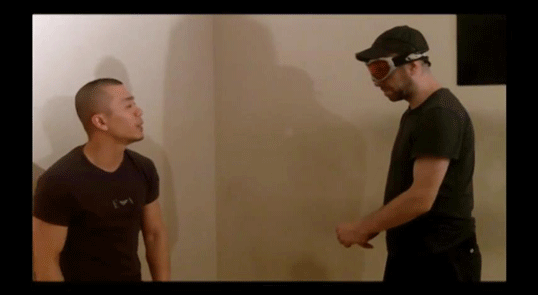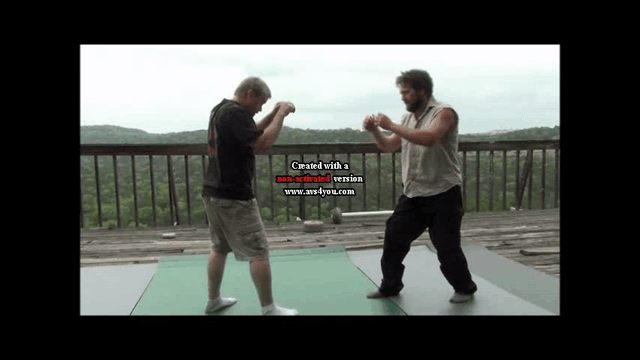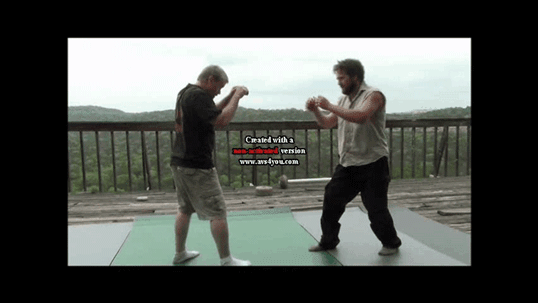These responses are so bizarre. It seems a lot of you are getting caught in the definition of TMA. By focusing all your attention on the title you are missing the content. There are a lot of useful ideas within these videos which are valuable to all martial artists. Throw off the shackles and free your mind from the need to define. Dive in and seek what is useful. We are all practicing martial artists and we can all learn from one another. This is not a religion, there is no need to be so dogmatic in your approach. There are different schools of thought from which we can learn. It just requires an open mind - oh yeah, and the ability to actually watch the videos in the first place

First my apologies, you have to understand that some of us have been here on MT for a very long time, in my case longer than anyone should be (IMO

) and we have seen copious videos posted that are basically "my art is better than your art" or "Your art stinks and here's why"... so when videos appear we tend to be jaded and just not want to get into it....again....
However with that said, I just watched all 4 videos and do recommend if you train a "traditional" martial art, ESPECIALLY and "Traditional Chinese" martial art, you should watch them, I highly recommend it.
I agree with much of what he has said, both in application and historically. However I want to add, that as far as I know, of the big 3 Chinese internal martial arts, Xingyiquan appears to be the. only one willing to openly admit it is internal and external. There is also a little more detail as to how XIngyi came from a spear art, but I will not get into that here
One thing he implied, IMO, that I am not in full agreement with is the implication that you need weapons training to get empty hand to work. Can it beneficial to know weapons? Most certainly snd more should be trained, but it is not necessary. Could it make understanding come faster? Well, I think it might, but I do not think it is required.
I should also add I wish there was more actual weapons training in CMA. Mostly, these days, it is forms with little application. But then even in Taijiquan even push hands is fading into the ether and becoming a 2 person mediation of sorts
I also want to be clear that I am most certainly not claiming any sort of weapons competence in live combat, but I will say that when I taught Yang Taijiquan, I knew many applications of the Dao and when students asked, and the rarely asked, about applications, 100% of them all cringed and never asked again. They simply do not want to know the potential violence that is inherent to the Dao, or any weapon for that matter
Same can be said of the empty hand forms, especially in Taijiquan. In Taijiquan and Xingyiquan, there are a lot of moves that people have no idea what they do and have no suspicion what-so-ever that some of these break things, including necks, and they don't want to know either.
Also these videos make me wish I could get back to my Wing Chun Shifu on a regular basis, because he looks at things much the same way as Adam Chan is looking at them as far as Martial arts goes. His class is the only Wing Chun school, locally, that included sparing and sticks in the training for his students. But at this time it is unlikely that I will get back there any time soon
Great videos, you really should watch them before commenting
EDIT: This just came to me, one other disagreement, although historically he is mostly right. The oldest documented Chinese martial art, which would be traditional by his definition, predating Qing (1644 - 1912), is juélì or jiǎolì. Which is described as a combat wrestling which date so Qin Dynasty (221 - 207 BCE) and it was known for joint locks, strikes, throws and pressure point attacks


